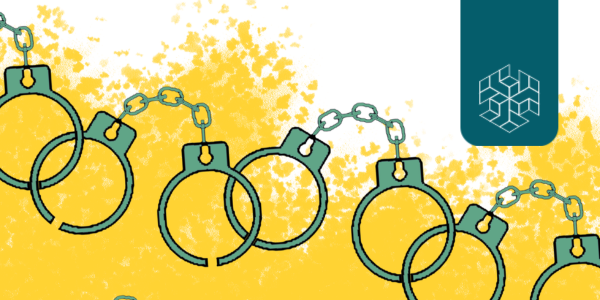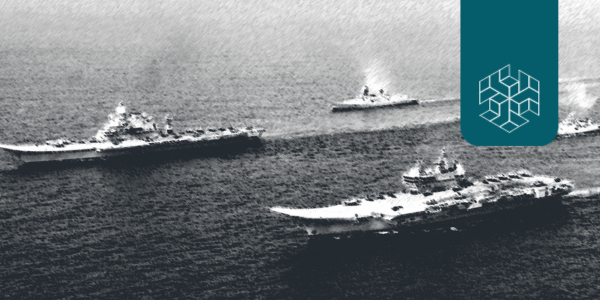Author: Avishi Gupta
Editors: Riya Singh Rathore and Ritwiz Sarma
Abstract
This paper aims to situate dais or traditional midwives at the crossroads of caste-based discrimination and dwindling state support. A lot of traditional midwives or dais hail from a lower caste background which stigmatises their position and work in the society. With time, institutional healthcare facilities came to be associated with upper caste ideas of ‘sanitation’, ‘purity’, and ‘cleanliness’ quite synonymous with the colonial understanding of the same. Meanwhile, dais or traditional midwives were considered ‘impure’ ‘untrained’ and ‘dangerous’.
The major focus of the article will be on the Indian policy towards midwifery and its neglect of dais. It will also explore how traditional midwives who opt for institutional midwife training often find themselves vulnerable to ‘otherisation’ since their traditional medical knowledge is constantly vetted against modern medical standards.
Keywords: Midwives, Dais, Midwifery, Health care, Rural women, Caste, Gender
Introduction
As the nation jostles with wave after wave of COVID-19, there has been an increase in scepticism towards institutional healthcare facilities amid the fear of virus transmission. This apprehension has particularly taken a toll on individuals who need regular access to pre and post-natal care. Between February and May, the second wave saw an increase in overall maternal mortality and stillbirths relative to 2020 (Srivastava, 2021). While COVID-19 infections in due course of pregnancy remain a significant cause for worry, disruption in access to maternal care remains a prime reason behind this rise in maternal mortality and stillbirths (ibid.). In such a scenario, it becomes essential to establish local and community-level networks of access to maternal care.
In the Indian context, these networks have existed for centuries in the form of maternal care provided by traditional midwives or dais. According to the guidelines on Ministry of Health and Family Welfare (2018), a midwife is recognised in terms of a nurse practitioner midwife – a designation earned after qualifying an array of training programmes and aptitude tests. However, often dismissed as mere “cord-cutters” (Jeffery et al., 2002), dais exist on the peripheries of institutionalised midwifery despite being crucial in delivering much-needed pre and post-natal care and assisting childbirth. This paper aims to critically examine these existing and potential roadblocks and assess the socio-economic position of dais in the present scenario.



